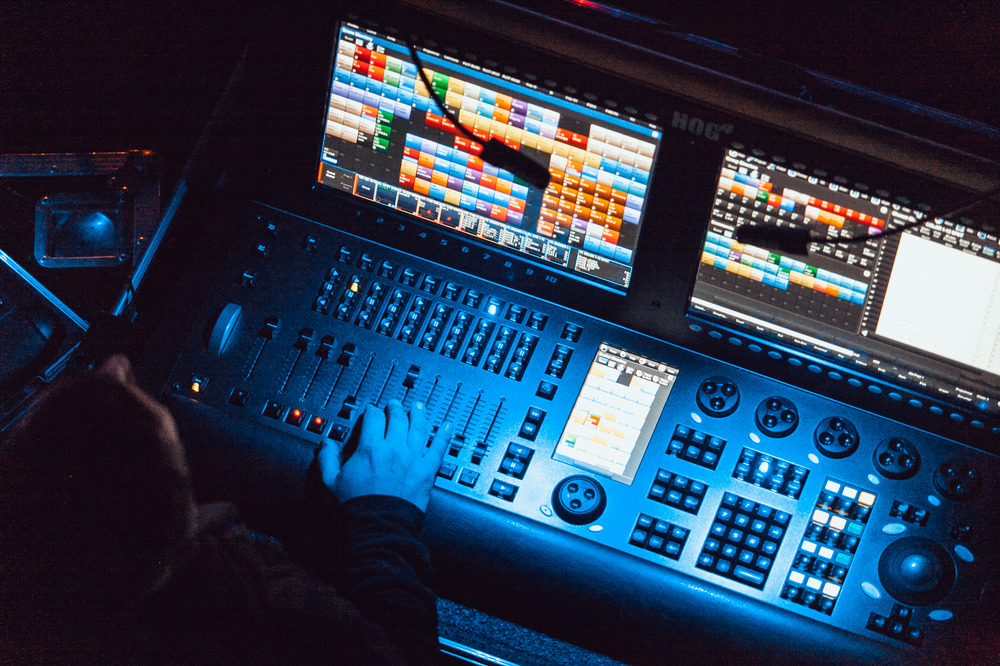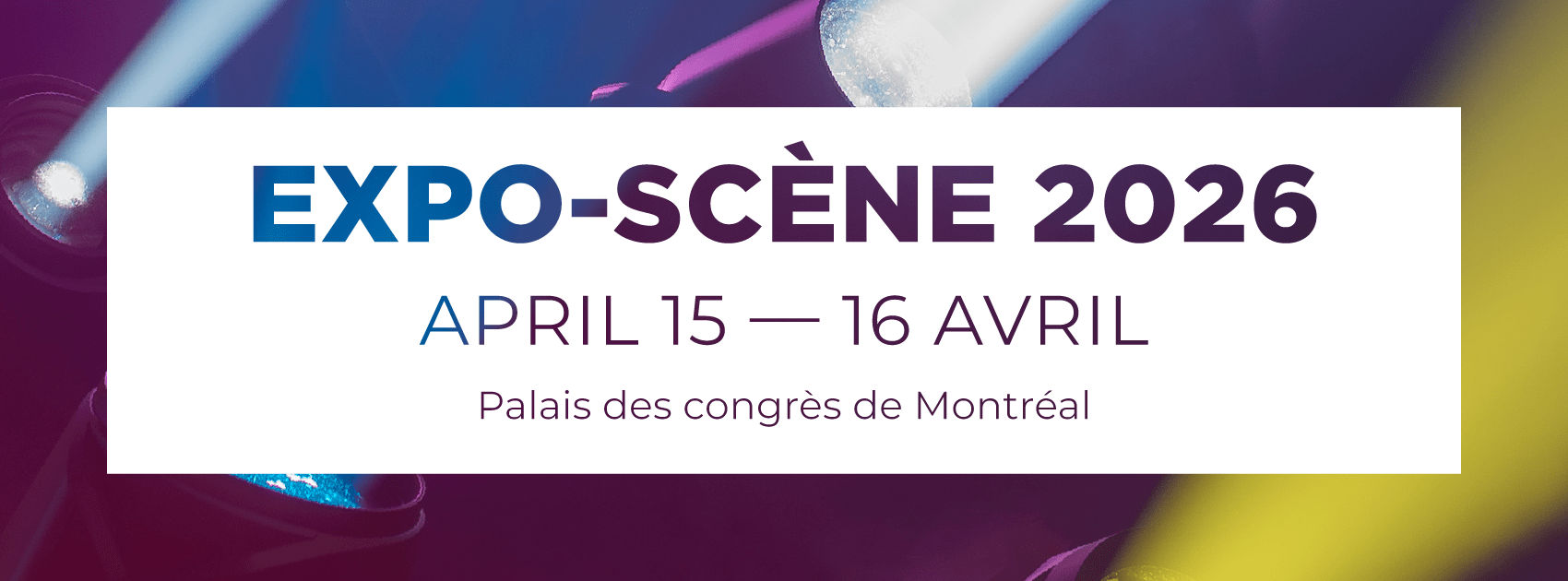
In the expansive realm of stage lighting and control, the Digital Multiplex (DMX) protocol stands as a linchpin, orchestrating the dance of lights in in various live events, including worship. As we delve into the intricacies of DMX, it’s essential to comprehend its fundamentals, applications, and the transformative role it plays in bringing visual spectacles to life.
Unraveling the DMX Protocol
At its core, DMX is a standardized protocol designed for the remote control of lighting fixtures and related devices. Originating in the world of entertainment production, it has evolved into a universal language for communicating with a diverse array of lighting equipment. A typical DMX setup comprises a controller, often a lighting console or software, and multiple lighting fixtures or devices, each assigned a unique address.
The Language of DMX
At the heart of DMX communication are channels. Each channel represents a discrete parameter, such as color, intensity, or movement, that a lighting fixture can control. The range of values for each channel spans from 0 to 255, allowing for precise adjustments and a granular level of control.
To accommodate larger setups, DMX employs the concept of universes. A single DMX universe comprises 512 channels, forming the canvas upon which lighting designers paint their visual compositions. For expansive productions, multiple universes can be daisy-chained or routed through splitters, facilitating control over thousands of channels.
From the pulsating energy of live worship to the nuanced ambiance of theatrical productions and the spoken word, DMX transcends its technical roots to become an art form in itself.
DMX Cabling and Connectivity
DMX communication primarily utilizes XLR cables. These cables consist of three pins – one for the ground, one for the data negative (DMX-), and one for the data positive (DMX+). The robust nature of XLR cables ensures reliable data transmission over relatively long distances.
DMX devices are often daisy-chained together in series. This involves connecting the output of one device to the input of the next. While this simplifies cabling, it’s crucial to consider signal degradation and the need for signal boosters in extensive setups.
The Role of DMX Controllers
There are two types of lighting controllers: hardware controllers and software-based controllers.
Lighting consoles (hardware) serve as the traditional hardware-based DMX controllers. These sophisticated devices provide tactile interfaces for lighting designers to program, control, and manipulate the parameters of connected fixtures.
However, in the digital age, software-based DMX control has gained prominence. With the aid of specialized software, users can leverage the power of personal computers to manage lighting designs. This flexibility facilitates intricate programming and visualizations.
Applications and Implementations in Worship
DMX shines brightly in the world of concerts and live performances, where dynamic lighting sequences synchronize seamlessly with musical beats. From dramatic color changes to intricate movement patterns, DMX empowers lighting designers to elevate the visual impact of any live show.
In theatrical productions and during the pastor’s message, DMX facilitates the creation of evocative atmospheres. Precise control over individual fixtures allows for nuanced lighting adjustments, enhancing the mood and guiding the audience’s focus throughout different scenes, creating different moods and atmospheres, and providing visual cues that fit what is happening on the main stage, whether it’s the spoken message or dramatic productions.
Beyond the stage, DMX finds applications in architectural lighting. From illuminating buildings with vibrant hues to orchestrating dazzling light displays in public spaces, DMX offers architects and lighting designers a versatile tool for creative expression.
DMX and LED Technology
The advent of LED technology has significantly impacted the landscape of DMX-controlled lighting. LED fixtures, with their energy efficiency and color versatility, seamlessly integrate with DMX systems, offering an extensive palette for lighting designers.
RGB LEDs, capable of producing red, green, and blue hues, are a staple in DMX-controlled lighting setups. However, advancements have introduced fixtures with RGBW (adding white), RGBA (adding amber), and even RGBAW-UV (adding ultraviolet) options, providing an expanded spectrum for creativity.
It’s important to remember that any given LED fixture will use multiple DMX channels for full functionality, so make sure you factor this into your planning when looking to purchase and/or expand your DMX universes.
DMX Challenges and Best Practices
Signal interference can pose challenges in DMX setups, leading to flickering lights or erratic behavior. Employing high-quality cables, checking connectors, and minimizing electrical interference sources are vital for maintaining signal integrity.
Meticulous address assignment is crucial to prevent overlapping channels and ensure devices respond as intended. In programming, thoughtful sequencing and timing are key to achieving synchronized and visually compelling lighting displays.
The Future of DMX
Wireless DMX solutions are gaining traction, eliminating the constraints of physical cables. This innovation enhances flexibility in stage setups, reduces cable clutter, and opens new possibilities for dynamic lighting designs.
The integration of DMX with automation systems and the Internet of Things (IoT) is on the horizon. This evolution promises seamless coordination between lighting, audio, and other elements, ushering in a new era of interconnected and automated productions.
Illuminating Possibilities with DMX
As we navigate the intricate web of cables, channels, and controllers, DMX emerges as the invisible force behind mesmerizing lightscapes. From the pulsating energy of live worship to the nuanced ambiance of theatrical productions and the spoken word, DMX transcends its technical roots to become an art form in itself. In a world where every flicker and fade is meticulously orchestrated, DMX remains the silent conductor, ensuring that the language of light speaks eloquently to captivate your worship audience.




